5 Surprising Secrets Behind Legume Haitian Food That Will Spice Up Your Life!
Craving something hearty, healthy, and packed with flavor? Welcome to the vibrant world of Legume Haitian Food — a culinary gem that blends earthy legumes, aromatic spices, and tropical ingredients into one unforgettable plate. Whether you're a spice connoisseur or a curious foodie, this article is your backstage pass to mastering this Global Spice Tradition.
Table of Contents
- What Is Legume Haitian Food?
- Key Ingredients in Legume Haitian Dishes
- 3 Must-Try Legume Recipes from Haiti
- Spice It Up: How Haitian Chefs Play with Flavors
- Pro Tips for Cooking Legume at Home
- Legume vs. Other Spiced Legume Dishes Around the World
- Conclusion
What Is Legume Haitian Food?
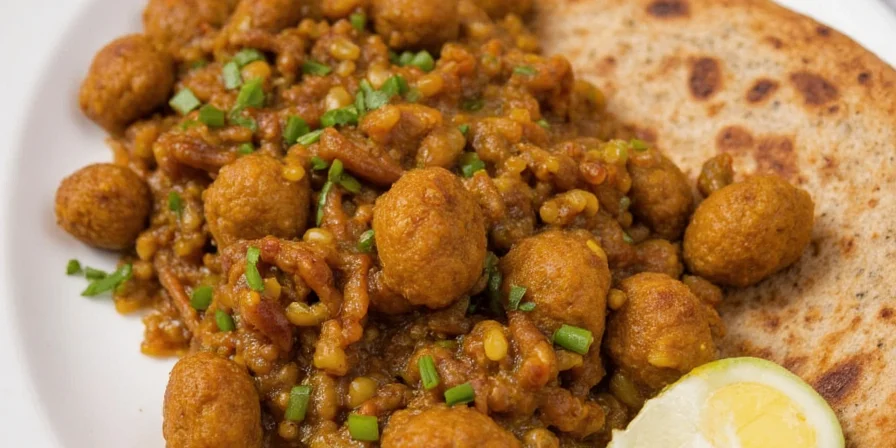
The word "legume" might sound like it’s all about beans and greens, but in Haitian cuisine, it’s a whole experience! In Haiti, "Legume" typically refers to a rich, spiced vegetable stew that often includes a protein like beef, goat, or chicken. It's the comfort food that shows up on Sunday tables, holiday gatherings, and family dinners across the island.
This dish is more than just a meal — it’s a celebration of flavors, culture, and community. The foundation is usually leafy greens (like spinach or callaloo), root vegetables (like carrots and potatoes), and a mix of local spices that make your taste buds dance. But here’s the kicker: no two pots of Legume are exactly alike. Every household adds its own twist!
Key Ingredients in Legume Haitian Dishes
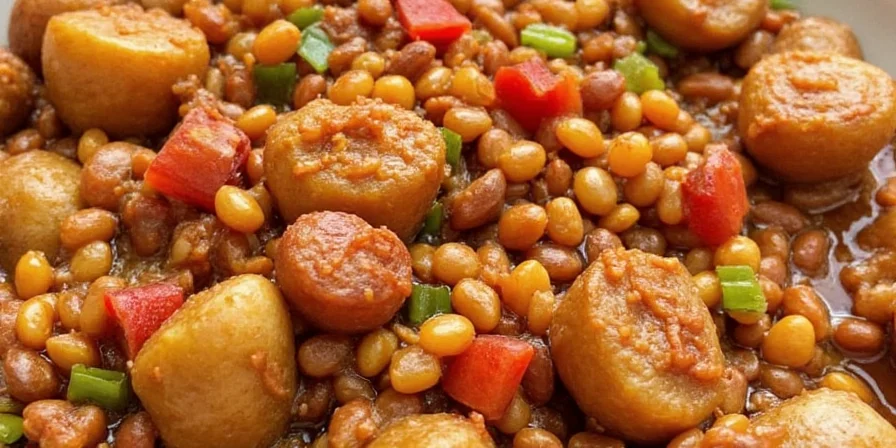
To cook an authentic Legume Haitian dish, you’ll need more than just veggies and water. Here’s a quick breakdown of the holy flavor trinity:
- Thyme: Not just any thyme — we’re talking fresh or dried West Indian thyme (also called “sèb” in Creole). This herb gives Legume its earthy backbone.
- Scotch Bonnet Pepper: This is where the heat comes in. If you want your Legume spicy and smoky, this pepper is non-negotiable. Always handle with care — gloves recommended!
- Garlic and Green Onions: These aromatics build the base of the stew and add layers of flavor.
- Oil or Animal Fat: Coconut oil, palm oil, or even lard can be used for sautéing. Palm oil especially gives Legume its signature orange hue.
And don’t forget the vegetables: okra, cabbage, eggplant, carrots, green beans, and chayote squash are common additions. Toss in a bit of protein like beef or goat if you're going full Haitian style.
3 Must-Try Legume Recipes from Haiti
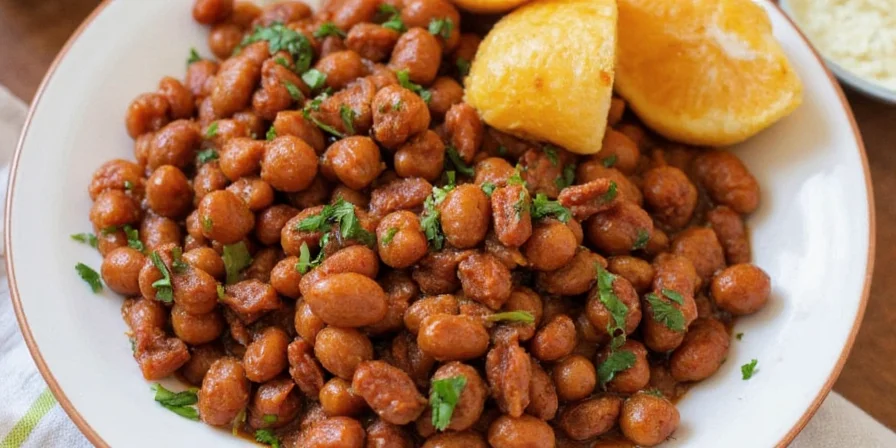
Ready to get cooking? Here are three classic versions of Legume you’ve got to try:
1. Legume de Boeuf (Beef Legume)
- Ingredients: Beef chunks, thyme, scotch bonnet, garlic, onion, mixed veggies, salt, pepper, bouillon cubes
- Cooking Tip: Brown the meat first to develop deeper flavor before simmering everything together.
2. Legume de Chèvre (Goat Legume)
- Ingredients: Goat meat, bell peppers, okra, spinach, coconut oil, spices
- Cooking Tip: Goat takes longer to tenderize, so slow-cook it low and slow for best results.
3. Vegan Legume
- Ingredients: Mixed vegetables, plant-based protein (tofu, chickpeas), thyme, onion, garlic, vegan bouillon
- Cooking Tip: Add a splash of lime juice at the end to brighten the flavors.
Spice It Up: How Haitian Chefs Play with Flavors
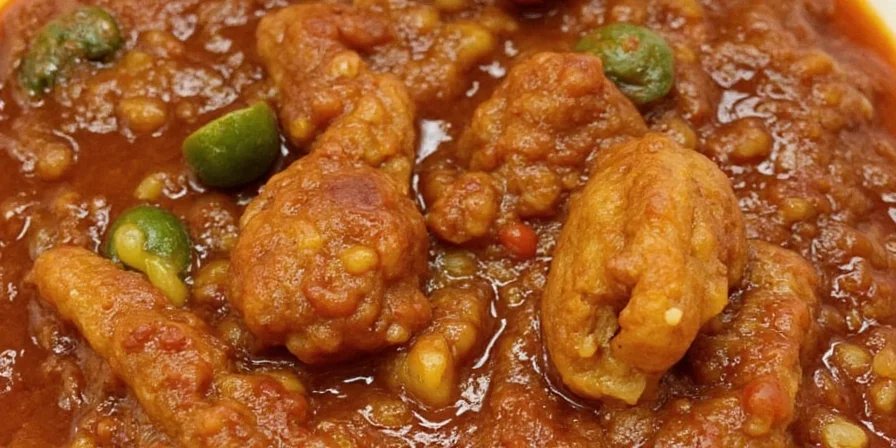
Haitian cuisine isn't shy when it comes to spice — but it's not just about heat. Flavor layering is key. Here’s how chefs make Legume pop:
- Start with Sautéed Aromatics: Garlic, onions, and thyme go into hot oil to bloom their flavors before adding anything else.
- Bouillon Cubes = Secret Weapon: While controversial among purists, bouillon adds a depth of umami that’s hard to beat.
- Add Acid Last: A squeeze of lime or lemon juice at the end cuts through richness and ties the flavors together.
- Fried Plantains or Rice as a Side: Sweet, crispy plantains balance out the savory, spicy stew beautifully.
Pro Tips for Cooking Legume at Home
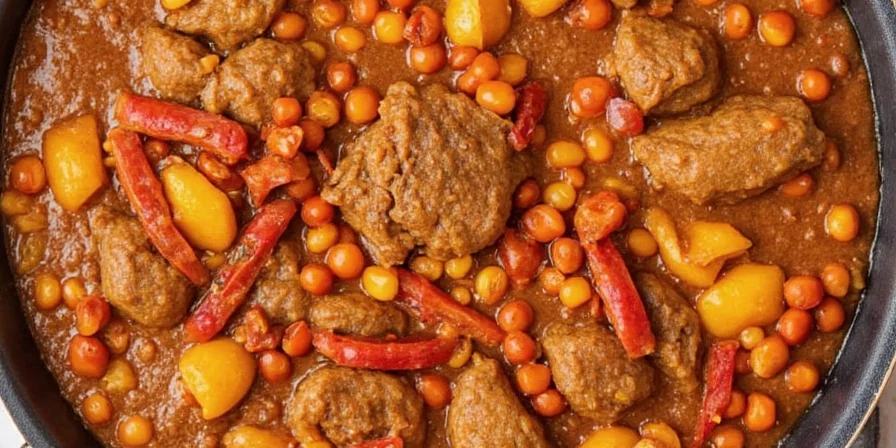
Cooking Legume for the first time? Don’t sweat it! Here are some tried-and-true tips from seasoned cooks:
- Pick Your Greens Wisely: Use sturdy greens like kale or collards if spinach isn’t available. Just make sure they’re chopped finely.
- Don’t Skip the Resting Time: Letting the stew sit for 15–30 minutes after cooking allows the flavors to meld.
- Control the Heat: Scotch bonnet can be fiery — remove the seeds if you want less spice, or blend it into the sauce instead of leaving it whole.
- Use Fresh Herbs When Possible: Dried herbs work, but nothing beats the brightness of freshly chopped thyme or parsley.
- Double the Batch: Legume tastes better the next day. Make extra and freeze it for future cravings.
Legume vs. Other Spiced Legume Dishes Around the World
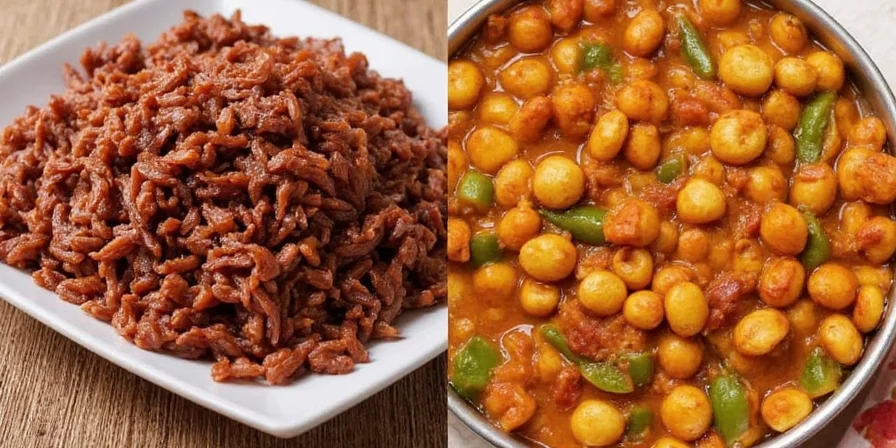
| Dish | Origin | Main Protein | Signature Spice | Texture & Style |
|---|---|---|---|---|
| Legume Haitian | Haiti | Beef, Goat, Chicken | Thyme, Scotch Bonnet | Thick stew with layered veggies |
| Ragout de Porc (Martinique) | Martinique | Pork | Curry powder, thyme | Savory, slightly sweet stew |
| Dal (India) | India | Lentils | Turmeric, cumin, mustard seeds | Thin to thick lentil soup |
| Feijoada (Brazil) | Brazil | Black beans + pork | Bay leaves, smoked paprika | Hearty bean stew |
| Gumbo (Louisiana, USA) | USA | Seafood, sausage | Cajun spices, filé powder | Thick, roux-based stew |
Conclusion
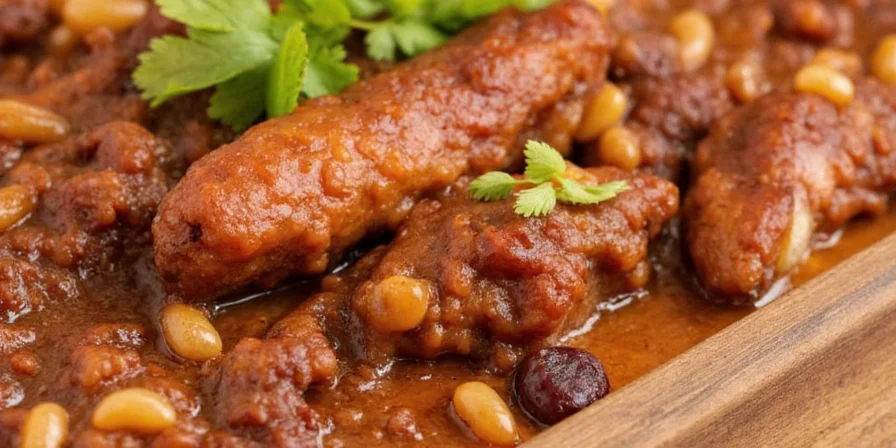
Legume Haitian food is more than just a stew — it’s a love letter written in spices, slow-cooked over generations. Whether you’re diving into a bowl of beef-filled Legume or experimenting with a vegan version, this dish brings warmth, heritage, and a serious punch of flavor to your table.
So why not grab your pot, gather your spices, and give Legume a try this weekend? Trust us — once you go Haitian, you’ll never look back. And remember: the secret ingredient is always a little bit of soul. Happy cooking!











 浙公网安备
33010002000092号
浙公网安备
33010002000092号 浙B2-20120091-4
浙B2-20120091-4